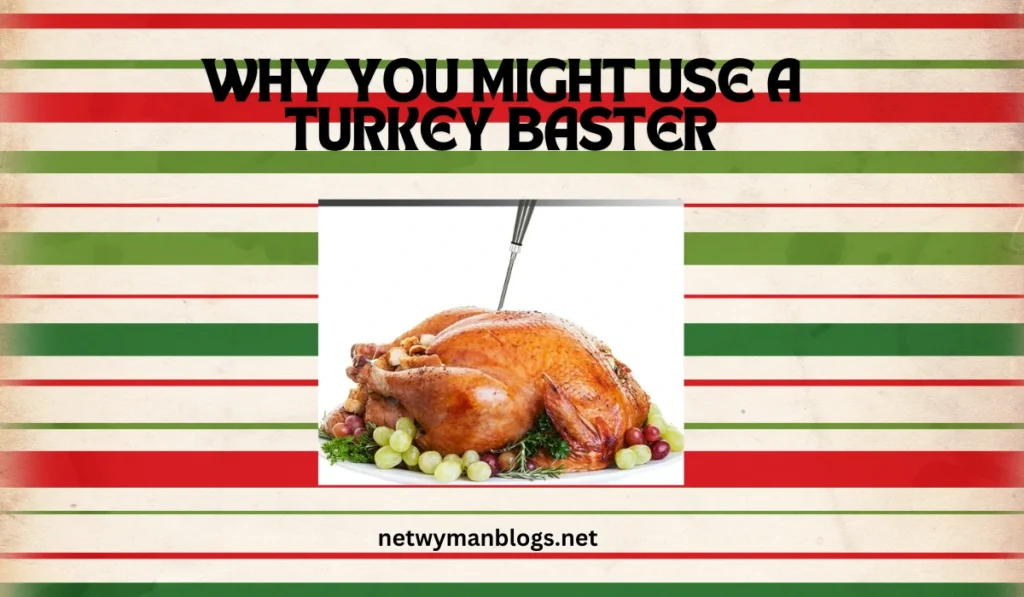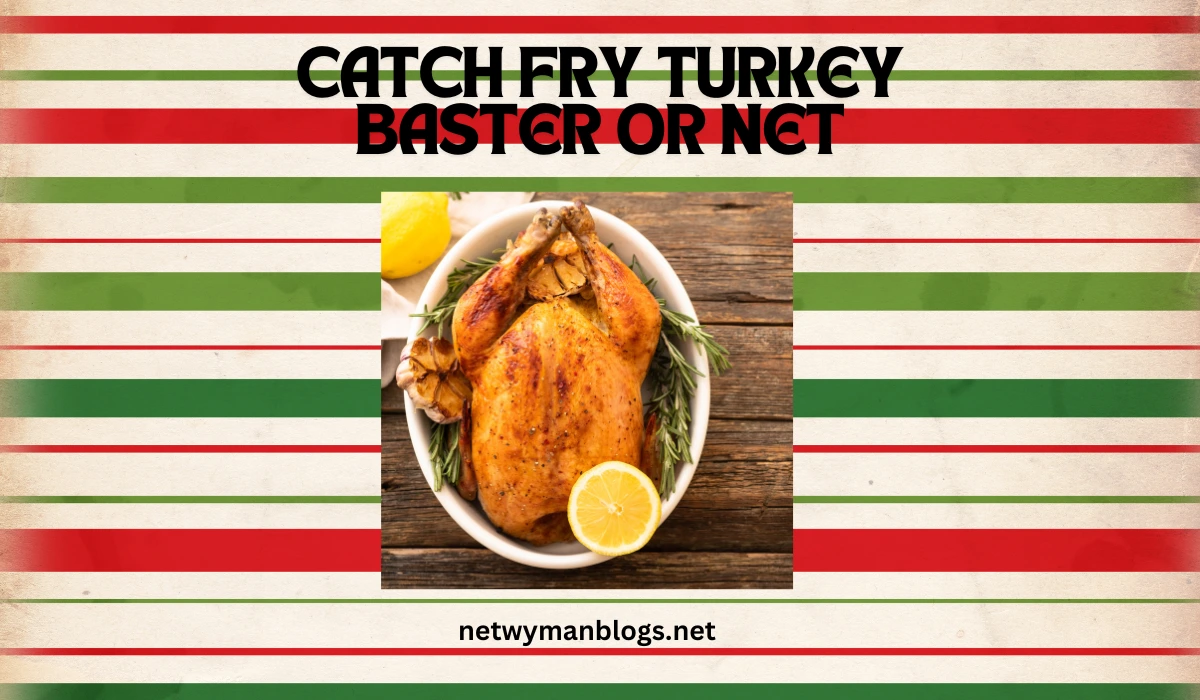Catching fry can be an exciting and rewarding part of fishkeeping, but it requires the right tools and techniques to ensure the safety of these delicate creatures. Many aquarists find themselves asking, Catch Fry Turkey Baster or Net This article explores both methods, providing an in-depth look at their uses, benefits, and potential drawbacks. Whether you’re new to fishkeeping or a seasoned enthusiast, understanding these tools can make all the difference in successfully handling fry.
Understanding Fry and Their Care
Fry are the baby fish that emerge after hatching. These tiny creatures are extremely fragile and require gentle handling to avoid injury or stress. Their size, agility, and sensitivity mean that even minor mistakes during handling can result in harm. To safely move or catch fry, aquarists often use tools like turkey basters or nets. Choosing the right tool can depend on the size of your fry, the tank environment, and your personal preference.
Why You Might Use a Turkey Baster

A turkey baster may not seem like an obvious tool for catching fry, but it is surprisingly effective. The gentle suction provided by a turkey baster allows you to carefully draw fry out of the water without harming them. This tool is particularly helpful in smaller tanks or densely planted aquariums where nets might struggle to maneuver.
Advantages of Using a Turkey Baster:
- Provides precise control when targeting individual fry.
- Reduces the risk of injury thanks to its gentle suction.
- Ideal for small, delicate fry that might escape through the mesh of a net.
However, using a turkey baster can be time-consuming, especially if you need to catch multiple fry at once. It requires patience and a steady hand, which might not suit everyone.
Read more: Gocryptobet com betting
The Benefits of Using a Net
Nets have long been a staple in aquariums, and for good reason. A fine-mesh net designed for fry can make catching multiple fish at once easier. These nets come in various sizes and shapes, allowing aquarists to choose the one best suited for their tank.
Why Choose a Net?
- Nets are efficient for catching larger numbers of fry.
- They work well in larger tanks or open spaces.
- Fine-mesh nets are specially designed to prevent fry from slipping through.
However, nets can sometimes stress fry more than a turkey baster. If not used carefully, they might injure the fry or disrupt the tank environment. When considering Catch Fry Turkey Baster or Net, it’s crucial to weigh these factors.
Comparing the Two Methods
To better understand the differences, let’s compare turkey basters and nets in a detailed table:
| Feature | Turkey Baster | Net |
|---|---|---|
| Precision | High: Ideal for individual fry | Medium: Can catch groups but less precise |
| Ease of Use | Requires practice for effective handling | Easy to use, especially for larger tasks |
| Risk of Injury | Minimal with gentle suction | Higher if fry get tangled in the mesh |
| Speed | Slower for catching multiple fry | Faster for group captures |
| Best Environment | Small tanks or densely planted aquariums | Open tanks or larger environments |
When to Use a Turkey Baster
A turkey baster is an excellent choice when you need precision and care. For example, if you’re transferring fry from a breeding tank to a grow-out tank, the turkey baster can ensure minimal stress. Similarly, in tanks with intricate decorations or dense vegetation, the turkey baster’s narrow nozzle can navigate tight spaces better than a net.
When to Use a Net
If your goal is to catch multiple fry quickly, especially in a larger tank, a net is your best option. Fine-mesh nets are particularly useful for fry that are too small to be caught with standard nets. Additionally, nets can cover a wider area, making them efficient for scooping fry in open water.
Read more: About technology and New strategies regarding blogging at Netwyman Blogs Website.
Choosing the Right Tool for Your Tank
Your decision to Catch Fry Turkey Baster or Net should depend on the specific needs of your tank and fry. For tanks with heavy planting or delicate fry, the turkey baster’s precision and gentle handling are unmatched. On the other hand, if you’re working with a larger group of fry in an open tank, a fine-mesh net offers efficiency and speed.
It’s worth noting that some aquarists prefer to use both tools, depending on the situation. For example, they might use a turkey baster for precision tasks and a net for larger-scale operations. Having both tools at your disposal can provide the flexibility needed to handle different scenarios effectively.
Read more: Titaniuminvest com consulting
Tips for Safely Handling Fry
Regardless of the tool you choose, there are a few general guidelines to ensure the safety of your fry:
- Always wet the net or baster before use to minimize stress on the fry.
- Move slowly to avoid startling the fry.
- Monitor water quality in both the source and destination tanks to prevent shock.
- Handle fry in dim lighting to reduce their stress levels.
Frequently Asked Questions
Can I use a regular kitchen turkey baster for my fry?
Yes, but it’s recommended to dedicate a baster solely for aquarium use to avoid contamination.
How do I know if my net is safe for fry?
Look for a fine-mesh net specifically designed for fry. It should have a smooth texture to prevent injury.
Is it possible to catch fry without a baster or net?
While you can use a cup or container, these methods lack precision and may stress the fry more.
How often should I move fry to another tank?
Fry should be moved when they outgrow their current environment or need more space to thrive.
Conclusion
The question of whether to Catch Fry Turkey Baster or Net ultimately comes down to your specific needs and tank setup. A turkey baster offers unparalleled precision and care for individual fry, making it ideal for delicate operations. On the other hand, a fine-mesh net provides efficiency and speed, particularly in larger tanks or when handling groups of fry. Both tools have their place in the aquarist’s toolkit, and understanding their strengths will help ensure the safety and health of your fry.
By following best practices and using the right tools, you can enjoy the rewarding experience of raising healthy, thriving fry.

